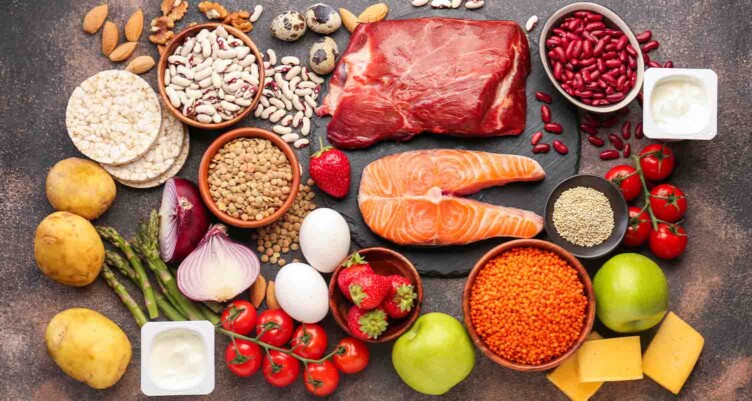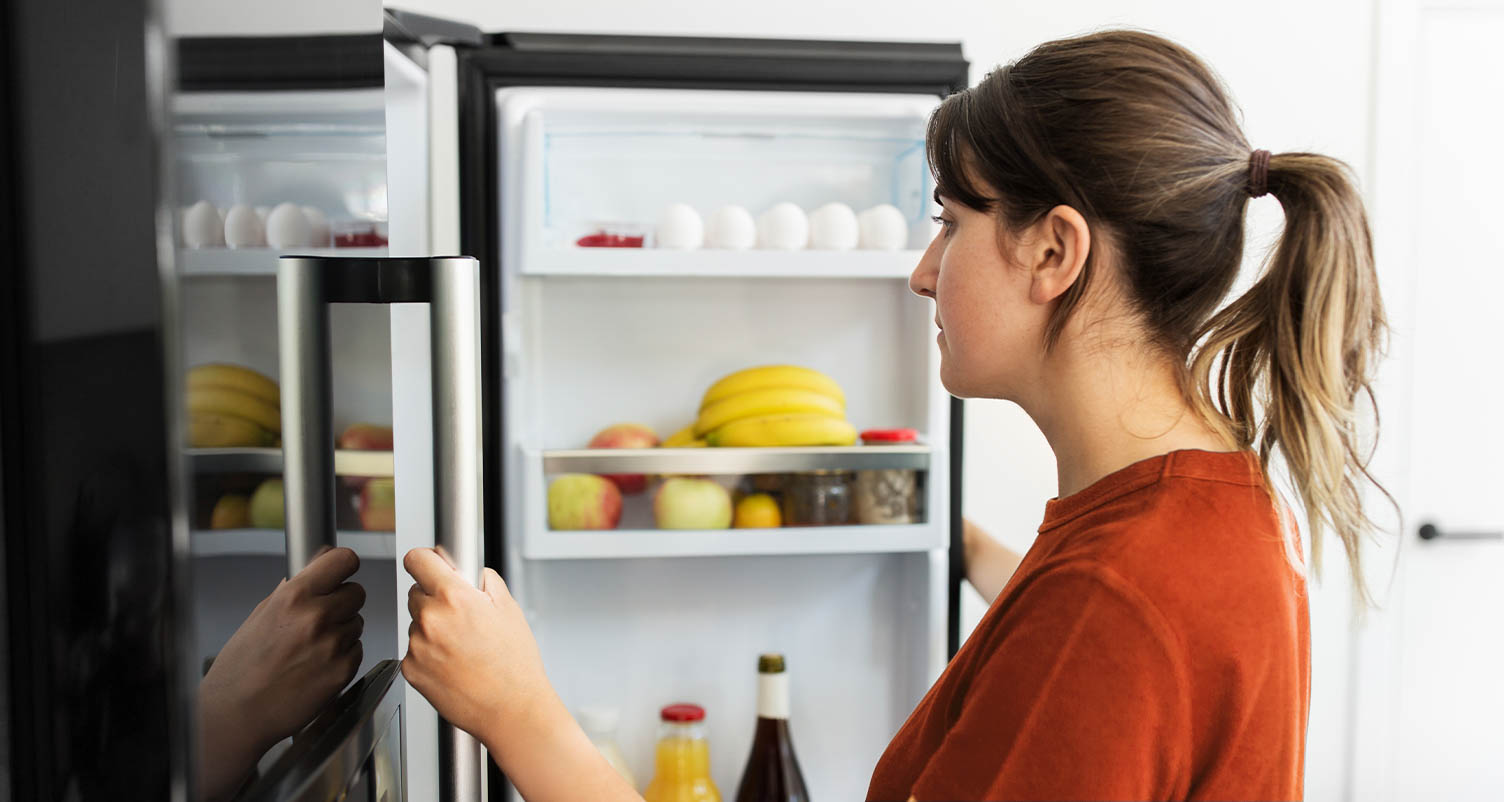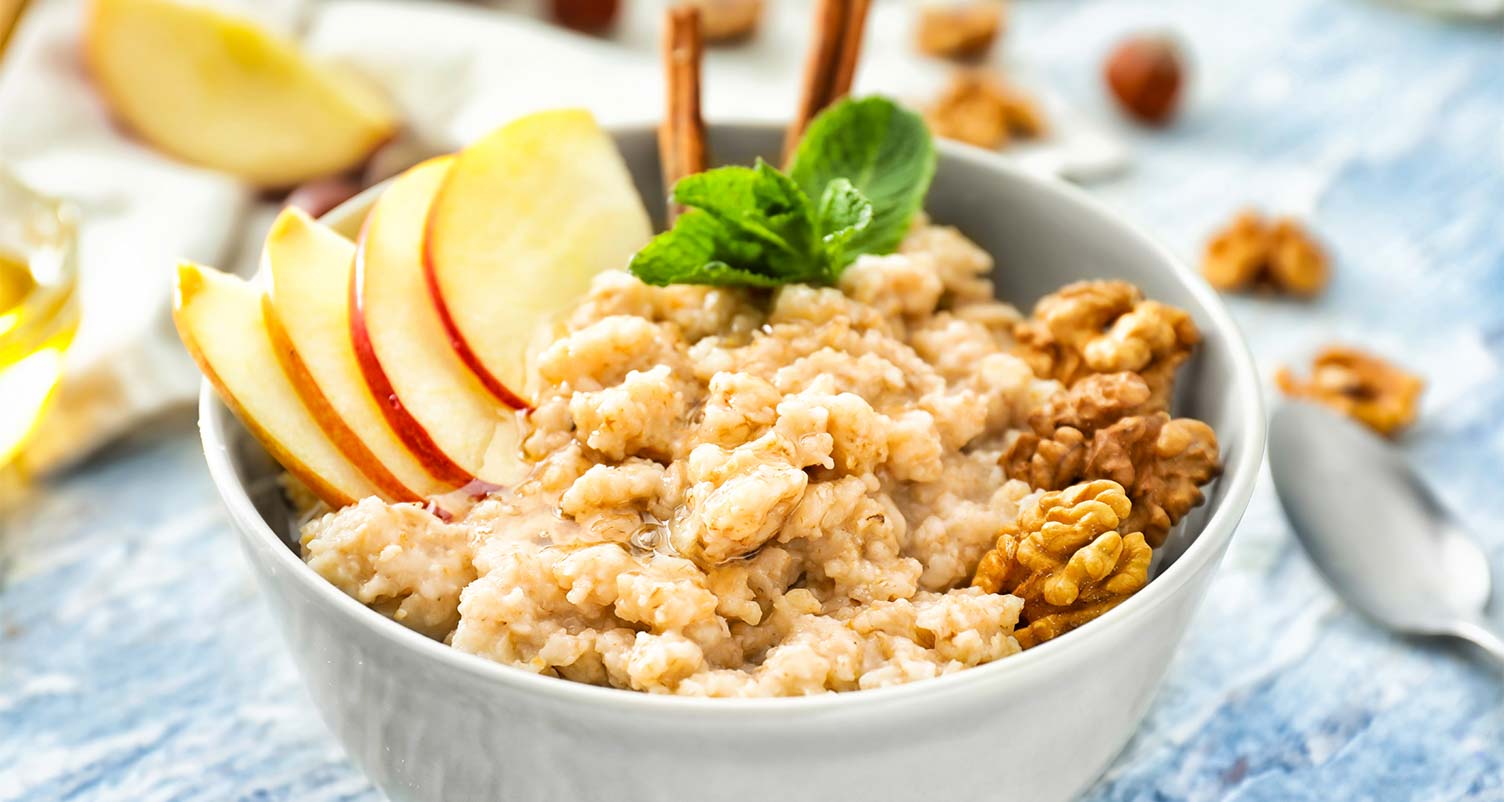Satiety Index: The Key to Controlling Your Hunger and Cravings

- Satiety refers to the feeling of fullness after eating a meal.
- The satiety index is a scale that ranks foods based on how well they make you feel full.
- The best high-satiety foods include protein- and fiber-rich foods, such as baked potatoes, eggs, whole grains and fish.
Not including enough satiety-rich foods in your diet is a recipe for disaster. Satiety refers to the feeling of fullness after eating.[1] If you don’t want hunger to take over soon after you eat, load up your plate with filling foods that contain plenty of protein and fiber.
How is a food determined to be satiating? This is where the satiety index comes in. This is a scale that ranks foods based on their ability to satisfy hunger.
Keep reading to learn about the satiety index. We’ll also explore the difference between satiety and satiation and discuss the best high-satiety foods to include in your diet.

What is the Satiety Index?
The satiety index ranks foods on their ability to satisfy hunger. In other words, it’s the key to preventing those late-night trips to the fridge when dinner didn’t fill you up. This helpful tool was developed in 1995 by researchers at the University of Sydney.
Researchers served participants a 240-calorie portion of various foods. Then, they tested participants’ levels of hunger.[2] White bread was given a satiety index score of 100%. The satiety index scores of all other foods were expressed as a percentage of white bread. Most foods tested had a score greater than or equal to white bread.[3] Simply put, the higher a food’s score, the fuller it made participants feel.
Satiety vs. Satiation
Satiety and satiation both play a role in controlling hunger hormones, but they’re actually quite different.
Here’s how to tell the difference between the two:
- Satiety is the satisfied state of fullness between meals. It helps to think of it as the opposite of hunger. For example, a person may experience a feeling of satiety after they finish a large meal.
- Satiation is the feeling of fullness you experience during a meal. Rather than eating past the point of satiation, the goal is to eat only enough to be comfortably full.

Characteristics of High Satiety Index Foods
When it comes to the satiety index, only the foods that measured up shared these important characteristics:
- High-protein foods: If you’re looking to lose weight, protein is non-negotiable. That’s because of its impressive appetite-suppressing powers. A few mechanisms make this possible. For example, protein takes longer to digest. This is particularly true when compared to simple carbohydrates, such as donuts, pastries and some white bread. Protein has also been found to reduce ghrelin, the hunger hormone you can thank (or blame) for those loud tummy rumblings.[4]
- Fiber-rich foods: Fiber has an array of health benefits. It stabilizes blood sugar, improves digestive health and prevents heart disease.[5] It’s also a great natural hunger suppressant since, like protein, fiber-rich foods take longer to digest. This helps prolong that oh-so-satisfying feeling of satiety, so you can have some peace and quiet from food noise.
- High-volume foods: Eating high-volume foods has become a popular weight loss strategy. The idea behind it is that high-volume foods (such as cucumber, watermelon and leafy greens) are low in calories and high in water and fiber. This way, you can eat a ton of food while still in a calorie deficit (if that’s your goal). The air and water from these low-calorie filling foods will satisfy your stomach faster.
Foods with High Satiety Index Scores
For a food to be considered high satiety, it must meet this one criterion: be nutrient dense.
This means that these foods are jam-packed with nutrients the body needs to function well. To top it all off, they are low in calories.[6]
These foods do a much better job at curbing hunger than energy-dense foods (think donuts, bagels, croissants). Those foods are high in calories, low on nutrients and easy to overeat.
Here are the nutrient-dense foods to eat instead:
Fruits
- Oranges: 202%
- Grapes: 162%
- Apples: 197%
Animal protein
- Beef: 176%
- White fish: 225%
- Eggs: 150%
- Cheese: 146%
Starches/Cereals
- Boiled potatoes: 323%
- Oatmeal: 209%
- Brown pasta: 188%
- Brown rice: 132%
- Popcorn: 154%
- All-Bran cereal: 151%
Plant-based foods
- Lentils: 133%
- Baked beans: 168%
Medium-chain triglyceride (MCT) oil is also recommended to increase satiety. But what is MCT oil, exactly? MCT oil is a supplement that’s made from medium-chain triglycerides, a type of fat (mainly coconut oil). Research has found that the body converts MCTs into ketone bodies, which may reduce your appetite.[7]
No one likes feeling hungry. So, to kick unwanted hunger to the curb, it’s important to eat foods that are high on the satiety index. These foods contain lots of protein and fiber. Fill your plate with animal protein, such as chicken, beef and eggs. Add fruits, like apples, grapes and oranges. Finally, include starches, such as potatoes, brown rice and cereal. High-volume foods and MCT oil can also help prevent hunger pangs.
Sign up for early access to sales, product launches, the latest Bulletproof news and more!



